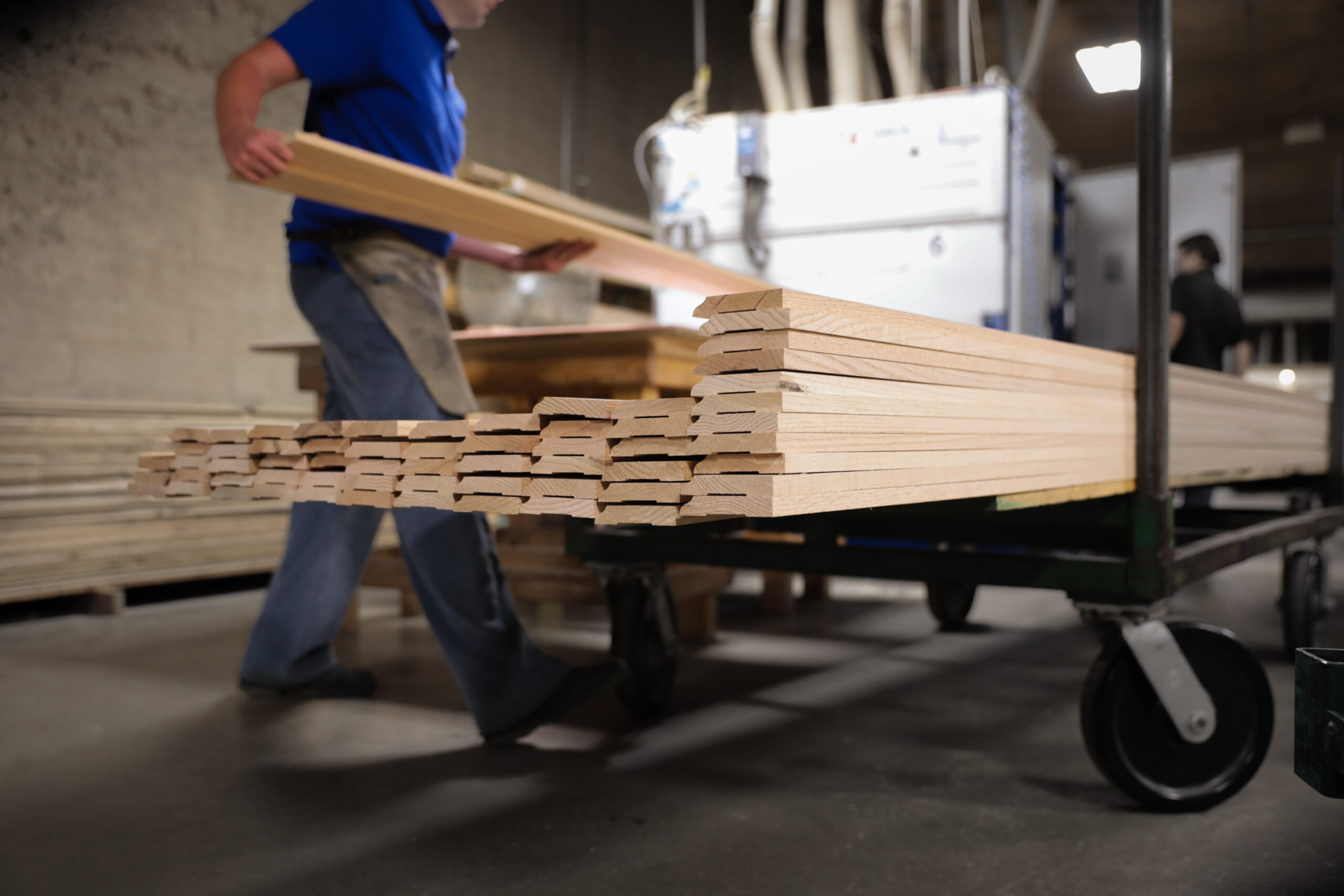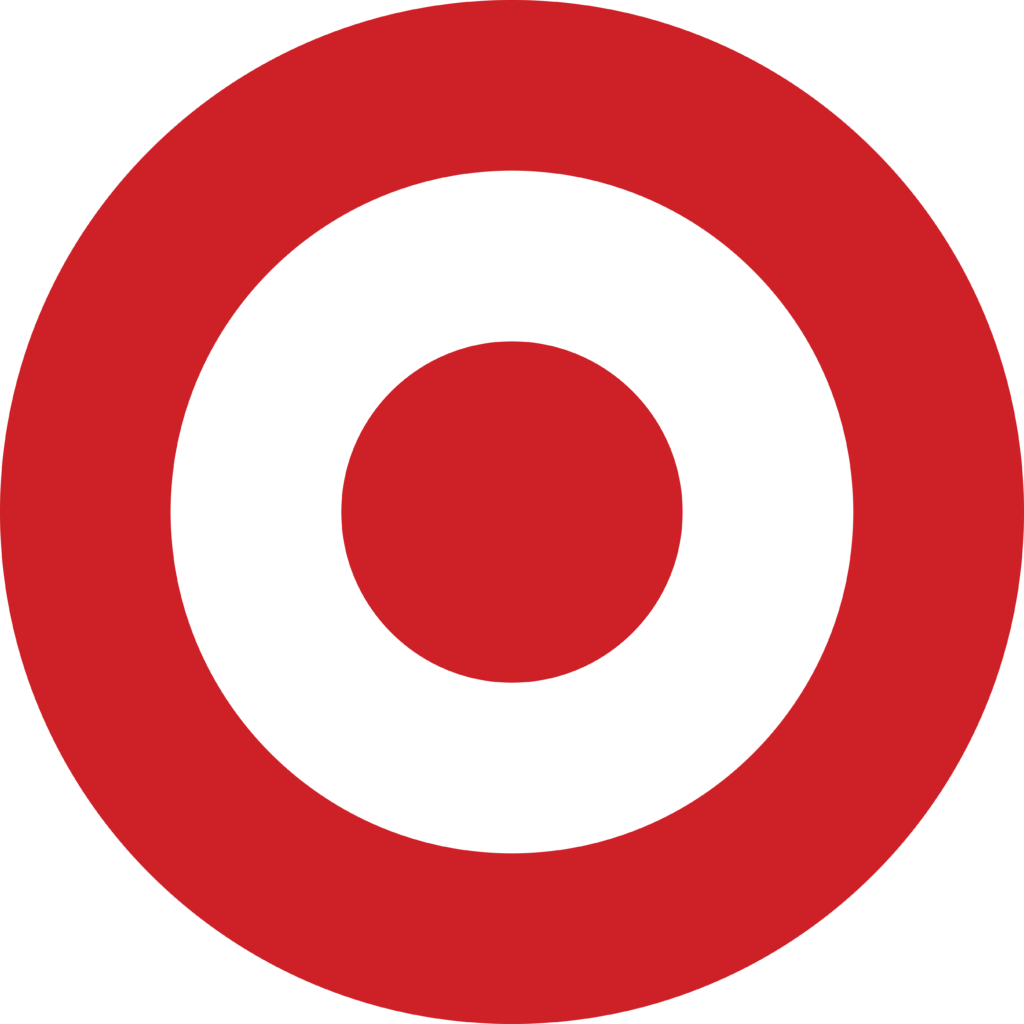

Taking The Field: My Journey To Evergreen Success
- Joe Motz
- The Motz Corporation
The best thing my father ever did for me was tell me I couldn’t come back to the farm.
I was 22 at the time and had just graduated from Ohio State University with a degree in horticulture. As the oldest of eight kids, I always thought that I would one day run our family farm. But at the time, the farm wasn’t making much money, we had no room to expand, and between my father and his brother (who was his partner on the farm), there were 16 hungry children to take care of. My father needed one fewer mouth to feed, not another partner.
At the time, I was terrified. But looking back, it’s the best curveball life ever threw at me. I had always had an entrepreneurial bent; now I had to go out and make it on my own. Through the years, the Evergreen ideal of Pragmatic Innovation has inspired me to stay nimble and find new ways to thrive in an ever-changing market.
When I started out on March 17, 1977 (St. Patrick’s Day, I have some Irish in me), with nothing but a pickup truck, a few shovels and a lawn mower to my name, I went into lawn maintenance. On the farm, we grew sod, so I asked our sod customers if they needed lawn help. Most said no, but a few said yes, and I was in business.
I quickly realized that there was limited upside in residential care. Most people wanted their lawns mowed on Friday to look good for weekend events, and there were only so many lawns I could do in one day. But commercial properties needed full-time maintenance to keep up their curb appeal through the week.
My residential customers helped me land some commercial clients, and that’s how I met John Sawyer, an owner of the Cincinnati Bengals who also had a commercial office park. He was one of my first customers with whom I worked out a yearly contract instead of just charging per cut. John was impressed with our work, and in 1982, after the Bengals’ first trip to the Super Bowl, he asked if I could help improve the turf at the team’s training ground.
It was in terrible shape. There was a 3-foot elevation difference across the field. The pasture grass was in horrendous condition. But I saw an opportunity. I had been interested in the work of a professor I knew at Purdue University, Dr. Bill Daniel, who had devised a manual system of subsurface vacuum pumps that could quickly whisk away water after a storm or irrigate the field from underneath to keep the grass healthy during the dry season.
It was an expensive proposition, but Sawyer was willing to take a risk on it. My team worked day and night to get that field installed correctly. It was a huge challenge, and I loved every minute of it.
That job improved our reputation with local high schools and universities and helped supplement our commercial grounds-care business (which continued to grow). But by the late ‘80s, the job was no longer fun or challenging. More players were entering the market, and it was quickly getting commoditized, pushing prices down. We no longer had enough to differentiate us, and I was working around the clock just to make a modest return.
So I took the bold step to sell off the majority of our business except the sports turf work, the only part of our portfolio where we were differentiated and that I still truly loved. It was a big risk, but in order to grow, I knew we had to stand out. The vacuums on the field we had built for the Bengals had to be operated by hand, which took a lot of oversight. I saw this drawback as an opportunity. I purchased the original technology from Daniel, and we then huddled with my research colleagues at Ohio State to devise a system that could remove or add water with the push of a button from anywhere.
Once we had a functioning system prototype, I leveraged my relationship with the Bengals to work with other NFL teams. The Miami Dolphins wanted to improve their ability to handle Florida’s monsoon rains. They also wanted the grass at their stadium, which also is the home of the Marlins, to look like Augusta National Golf Club’s. We damned near killed ourselves installing that field. A hurricane hit mid-project, and in 20 minutes we lost weeks worth of work. But in this business, opening day is opening day — it can’t be pushed back. So, we worked around the clock to get back on track to finish within the 43-day window we were given before the Marlins’ first pitch.
The system, which is now patented as Prescription Athletic Turf, was a success and led to many jobs with other teams, including the Baltimore Orioles, the Los Angeles Dodgers and the Atlanta Braves. But that didn’t mean I could sit back and watch the grass grow while my company grew around me.
I realized that as good as our new systems were at managing the water through weather extremes, we now had issues with keeping the well-used grass in place. I went back to the drawing board, and with the help of my research team came up with a synthetic-grass hybrid that has the look and feel of natural grass along with the anchoring strength and durability of synthetic turf. This patented product, called Eclipse, helped us land additional stadiums in the U.S. as well as the 2000 Summer Olympics in Australia. That put us on the world stage for stadiums looking for high-end natural turf systems.
But life threw me another curveball a couple of years later.
Through the mid ’90s we’d ridden a wave of replacing AstroTurf, which was rough and led to lots of player injuries. Synthetic grass wasn’t really something I worried about. That was until I went to Nebraska in 1998 and saw a new kind of artificial turf. It was shockingly good. I just about died when I touched it because I knew this wasn’t a fad — this could put me out of business.
We pivoted again. Our hybrid research had taught us a lot about synthetics, and we were able to develop our own synthetic, which plays like natural grass. Today we have more than 300 fields using our branded synthetic products.
Like all Evergreen companies, we continue to have our ups and down, but I strive to keep my team focused on the future, always trying to read the tea leaves to predict what the market will throw at us next. We love being in the curl of the wave. Our team today is 85 members strong and ready to tackle Pragmatic Innovation challenges, which has given me the ability to step back from the front firing line just a little and focus on our long-term strategy.
When I think about my father, who died three years ago, I know he was proud of what we’ve achieved at my company. He was my greatest mentor and coach. He pushed me into the game and showed me that I had it in me not only to compete on the big stage, but to win.
Joe Motz is the President and CEO of The Motz Corporation.
More Articles and Videos

Both/And Thinking: Harnessing the Positive Potential of Tensions
- Marianne Lewis
- Carl L. Linder College of Business, University of Cincinnati

Leading Through Uncertainty – Tugboat Institute® Summit 2025
- Jackie Hawkins
- Tugboat Institute

Get Evergreen insight and wisdom delivered to your inbox every week
By signing up, you understand and agree that we will store, process and manage your personal information according to our Privacy Policy




